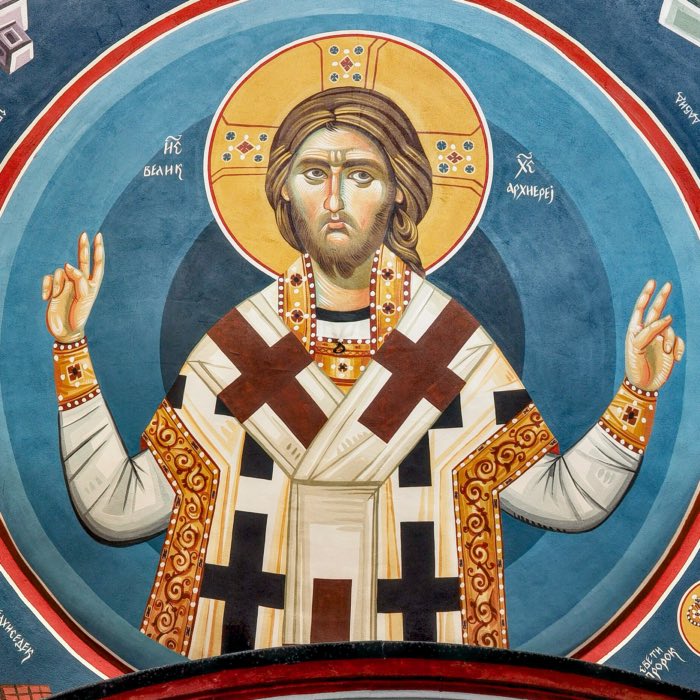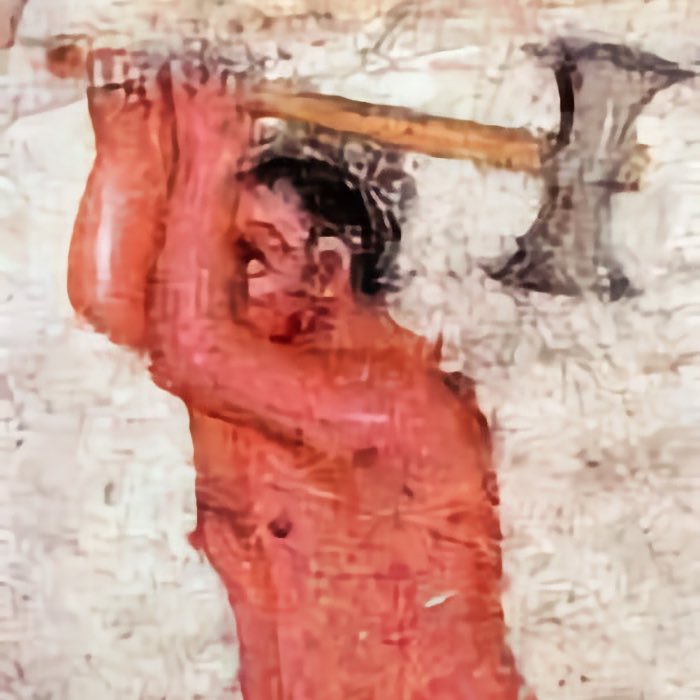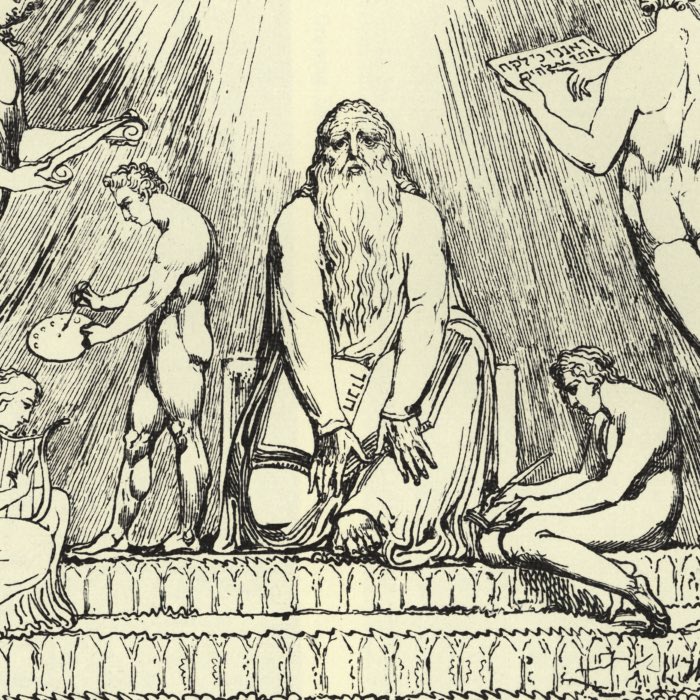Weekend Stories
I enjoy going exploring on weekends (mostly). Here is a collection of stories and photos I gather along the way. All posts are CC BY-NC-SA licensed unless otherwise stated. Feel free to share, remix, and adapt the content as long as you give appropriate credit and distribute your contributions under the same license.
diary · tags · RSS · Mastodon · flickr · simple view · grid view · page 23/51
Did Jesus’ teachings shape the apostolic missions? A theological exploration
The question of whether the theological constructs attributed to Jesus were primarily perceived as a message about the imminent end of the world — and whether this perception shaped the apostolic missions — invites a closer look at the early Christian movement. In this post, we examine the historical and theological context of these attributed teachings, the role of apocalypticism in early Christianity, and the adaptability of the Gospel message over time.
The core teachings presented in the Gospels: A universal and transformative message
Understanding the essence of the teachings attributed to the figure of Jesus, as recorded in the New Testament’s Gospels, requires a focus on the values and themes central to these narratives. While the historical authenticity of these accounts remains debated, the ethical and spiritual vision they convey is radical and transformative. At the heart of the Gospel message is a call to universal love, humility, non-violence, and personal spiritual transformation. This narrative emphasizes inner moral integrity and compassion over external rituals or societal hierarchies. Thus, without the necessity of a historical Jesus, the message from the Gospels also works as a powerful and relevant framework for ethical and spiritual life.
Speculating on Lazarus as the beloved disciple of Jesus
In contemporary scholarship on early Christianity, few scholars have stirred as much controversy as Richard Carrier. Known for his mythicist position — that Jesus may not have existed as a historical figure — Carrier often encourages us to read the Gospels not as reliable historical records, but as mythological and theological narratives created by early Christian communities. It is within this framework that we can examine one of his provocative suggestions: the possibility that the ‘beloved disciple’ in the Gospel of John, traditionally identified as John himself, was actually Lazarus — whom Carrier provocatively describes as Jesus’ closest companion, or, in modern parlance, his ‘boyfriend’.
Twelve Apostles, one myth: Debunking the foundation of institutional Christianity
The figure of Jesus in the Gospels is considered, according to Richard Carrier’s mythicist theory, to be an invented mythological character developed by early Christian communities. If Jesus himself is a mythic construct rather than a historical person, the narrative of the twelve apostles must similarly be viewed through a symbolic and theological lens rather than as a literal account of historical events. This perspective challenges the foundational claims of apostolic succession and institutional authority within the Church and underscores the core message of personal spiritual transformation, rather than a dependence on institutionalized mediation. In this post, we take a closer look at the mythicist critique of the twelve apostles and its implications for both the institutional Church and the personal Christian faith.
How Jesus became God: Exploring Bart D. Ehrman’s thesis on the development of Christian belief in Jesus’s divinity
Bart D. Ehrman’s How Jesus Became God: The Exaltation of a Jewish Preacher from Galilee offers a meticulously researched account of how early Christians came to view Jesus as divine. Ehrman’s work traces the evolution of Jesus’s divinity from a historical Jewish preacher to a figure exalted by his followers after his death, culminating in the formalization of his divine status in the 4th century. While Ehrman argues for a historical Jesus who was gradually deified, Richard Carrier, a leading proponent of the mythicist position, rejects the idea of a historical Jesus altogether. Carrier posits that Jesus was originally conceived as a celestial figure whose story was later euhemerized — that is, placed into a historical narrative. In this post, we examine Ehrman’s thesis in light of Carrier’s theories, exploring how both perspectives illuminate the complex development of early Christian belief.
The resurrection of Jesus as a mythological tool for early Christian legitimization
The resurrection of Jesus stands at the heart of Christian theology and has long been a central symbol of faith, hope, and redemption. However, its mythological character and constructed nature deserve deeper scrutiny. Within early Christianity, the resurrection functioned both as a theological cornerstone and a strategic narrative tool for legitimizing Jesus as the Messiah, fulfilling Jewish prophecy and providing continuity after his death. Furthermore, the theological implications of the resurrection have profoundly shaped Christian philosophy and institutional power, positioning the Church as the steward of divine authority. In this post, we take a closer look at the resurrection of Jesus as a mythological construct and explore its theological significance and institutional implications.
The role of sacrificial blood rituals in Judaism and its reinterpretation in Christianity
Blood sacrifice holds a profound and complex role within the context of Jewish religious tradition, reflecting both its ancient cultural origins and its theological evolution. This symbolism extends into the early Christian reinterpretation of sacrificial practices, culminating in the belief in Jesus’ sacrificial death. In this post, we take a closer look at these practices within their historical and cosmological frameworks ti better understand why blood sacrifice was seen as essential and how it became a central theme in the development of Christianity – whether Jesus is viewed as a historical figure or a ‘celestial construct’.
Why did Jewish apocalypticism culminate in the 1st century CE?
Throughout history, human societies have often grappled with the notion of an impending apocalypse — a final, cataclysmic event that would reshape or end the world as they knew it. For the Jewish people, the idea of doomsday gained prominence during their tumultuous history under foreign rule, evolving into a complex eschatological framework that would later influence Christianity. Inspired by a talk I recently watched by Richard Carrier titled ‘From Noah’s Flood to Rapture Day’, this post explores the origins and development of Jewish apocalyptic beliefs, tracing their roots from Persian Zoroastrian influences to the widespread messianic fervor of the 1st century CE. We will explore how these beliefs culminated in a series of failed messianic movements and ultimately shaped the emergence of Christianity as a surviving apocalyptic sect.
Zalmoxis: The Thracian cult that may have influenced the conception of Jesus
Zalmoxis is a figure deeply rooted in the spiritual traditions of the ancient Thracians, specifically the Getae, a tribe inhabiting regions corresponding to modern-day Romania and Bulgaria. His narrative, as recorded by ancient Greek sources such as Herodotus, portrays him as a teacher, prophet, or even a god who profoundly influenced the religious and philosophical outlook of the Getae. Beyond his historical and mythological significance, Zalmoxis has become a focal point in modern discussions about the origins and development of mystery cults in antiquity. In this post, we explore Zalmoxis’s role in Thracian religion, his connections to Greek mystery traditions, and Richard Carrier’s interpretation of his cult’s significance as a precursor to Christianity.
Enoch: Another exemplar for the Jesus narrative?
The mythological framework surrounding early Christianity has been a topic of considerable debate a long time. Among scholars who advocate a non-historical or mythological Jesus, such as Richard Carrier, the evolution of Jesus as a theological construct becomes a lens through which the influence of apocryphal texts can be assessed. One of the key texts in this discourse is the Book of Enoch (also known as 1 Enoch), a Jewish pseudepigraphal work that profoundly shaped Second Temple Jewish thought.









